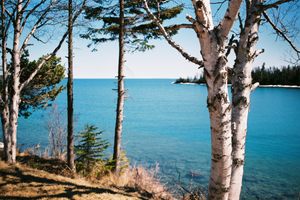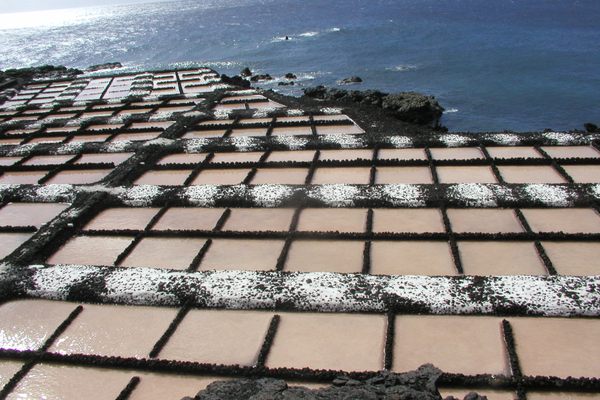About
The Slate Islands are a small archipelago in northern Lake Superior, the coldest and deepest inland sea in the Western Hemisphere. Summers there are chilly in comparison to the rest of the Midwest and southern Ontario, to the extent that the islands host plants and animals more typical of the Arctic. The world's southernmost herd of caribou grazes among the towering trees, and the rocky shoreline is full of inlets and outcrops. When the weather is right, it’s a rugged and remote paradise for hikers and kayakers.
It’s generally accepted that the Slate Islands mark the center of an impact crater formed by a meteorite 450 million years ago. The fractured and melted rocks from the event, called breccia, are clearly visible in the shallow waters and bare shorelines. The islands are sprinkled with shatter cones, rocks indicative of the violent event; a 10-meter-tall (33 feet) formation rising from the water on Patterson Island might be the biggest shatter cone in the world.
There are very few buildings on the islands but Patterson's lighthouse, built in 1903, is still active. A house nearby belongs to the lighthouse keeper’s family.
The Slate Islands were designated a provincial park in 1985. It’s a non-operating park, which means it has no staffed facilities or activities. There is one dock, a warming shelter, four pit toilets, and five backcountry campsites.
Related Tags
Know Before You Go
Slate Islands Provincial Park has no visitor facilities and is only accessible by boat or floatplane. Boats can be chartered out of nearby Terrace Bay, Ontario. Non-Canadian visitors must have a crown land camping permit to stay on the islands.
For the best weather, go in July or August when there are fewer storms. The islands have a colder climate than the southern Ontario shoreline near them, and can be ice-bound as late as May. Be prepared for cold winds, choppy waters, and foggy mornings.
The closest airport to the Slate Islands is in Thunder Bay, Ontario.
Published
September 16, 2022























